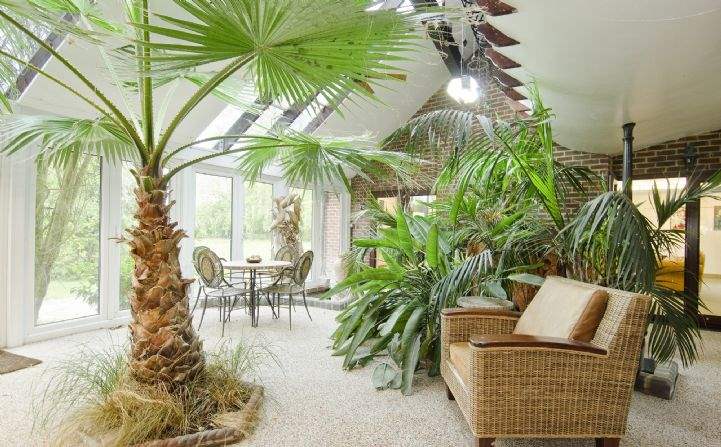As winter gloom gives way to brighter days, what could be better than watching the arrival of spring from the comfort and warmth of a conservatory?
The Victorians loved conservatories and their glasshouses were bold and elaborate feats of engineering. Think of the Crystal Palace, the magnificent confection of glass and iron designed by gardener and architect Sir Joseph Paxton for the Great Exhibition of 1851. Think, too, of the glorious Temperate House at Kew Gardens, built in 1860. Due to reopen in 2018 after restoration, Temperate House is the largest surviving Victorian glasshouse in the world.
It wasn't just public spaces that boasted such lavish conservatories – many of the larger private houses did too. Usually known as Winter Gardens, they were places in which the wealthy could spend time relaxing and taking tea amid a mass of vibrant, exotic planting.
Though modest in comparison today, conservatories have grown steadily in popularity in recent years. They are a relatively easy way of adding light to a property. If they form a kitchen extension or an additional, useable reception room, they can also add value and saleability, though it's worth bearing in mind that a glass-roofed structure may become hot in summer: if you plan to use the space all year round, consider a garden room with an array of large windows but a solid roof.
For me it is in the shoulder seasons of spring and autumn that conservatories really come into their own. They not only allow us to grow plants too tender to leave to the mercies of the British climate, they also provide an opportunity to enjoy a sense of the outdoors without actually having to be outside. And on gloriously warm days, you can fling open the doors to create an instant alfresco extension.
.jpg)
.jpg)
.jpg)
(1).jpg)
.jpg)
.jpg)

.jpg)